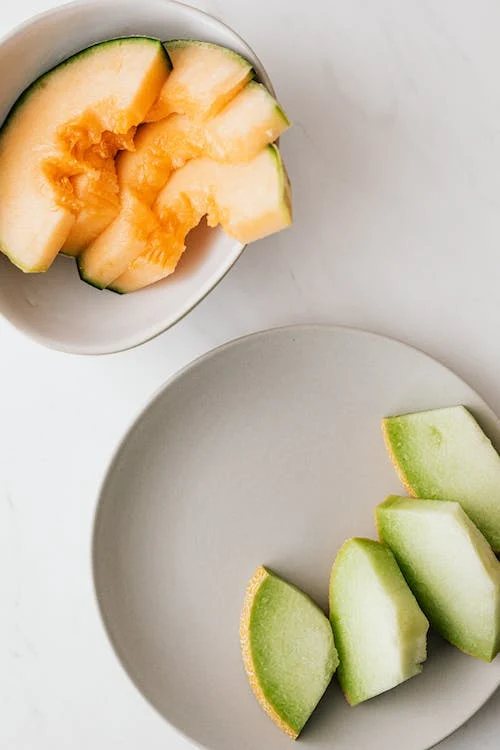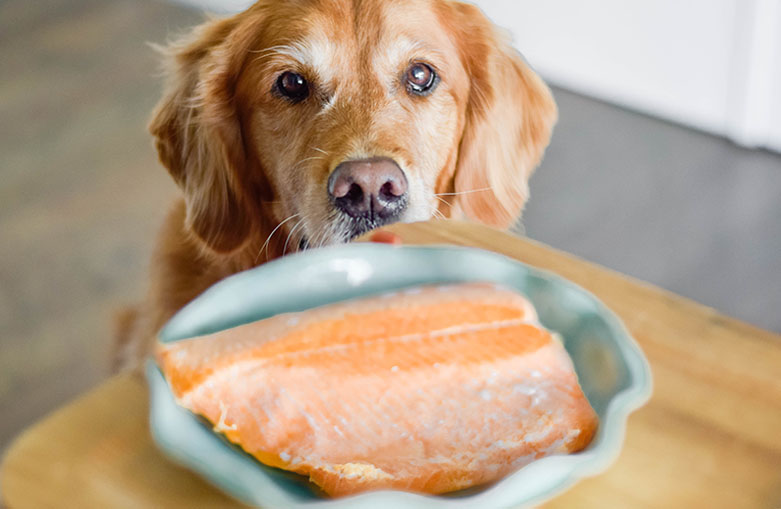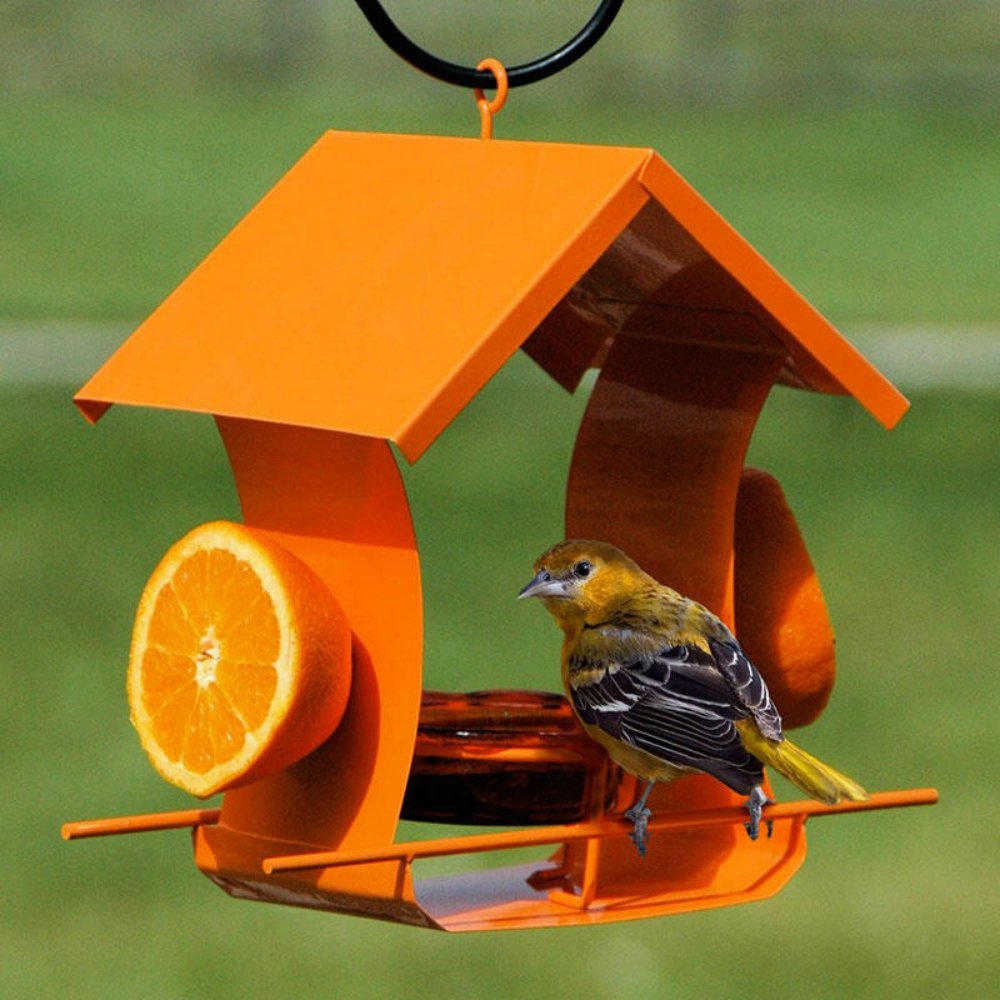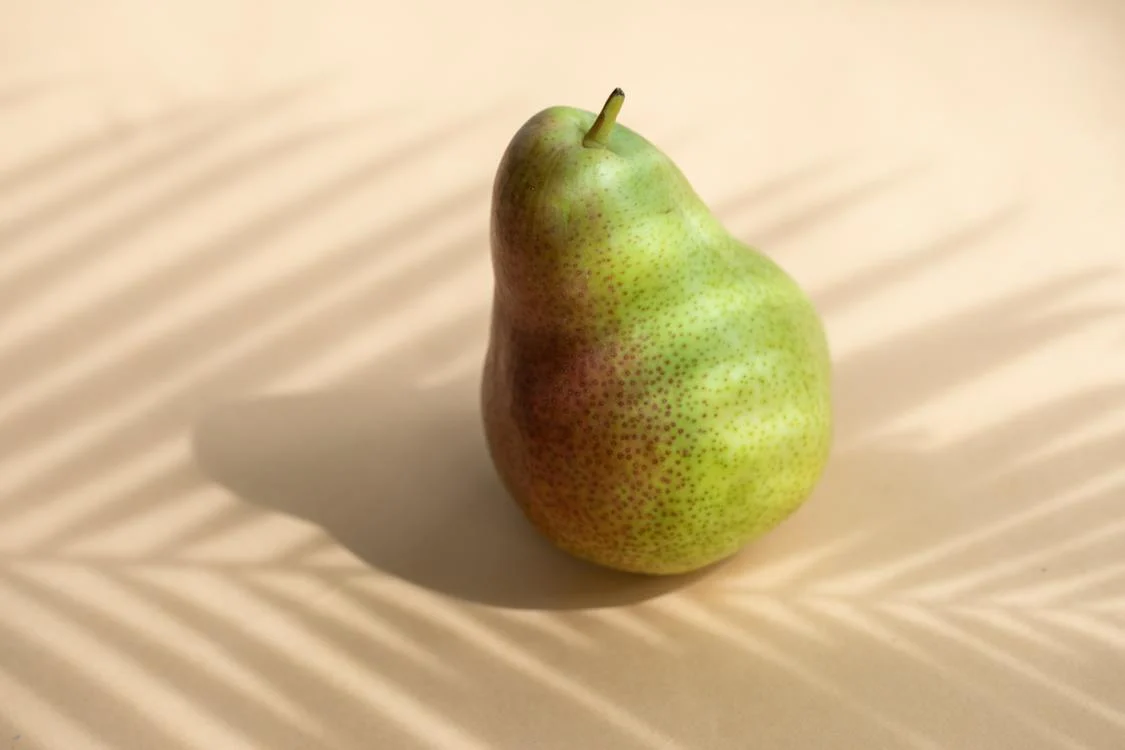As you bite into a sweet, juicy slice of cantaloupe melon yourself, your pup likely watches with envy, hoping for a bite. But is this orange summer fruit safe for canine consumption too? As a low-calorie snack rich in vitamins and hydration, cantaloupe can make a healthy, occasional treat for most dogs.
Keep reading for rules on serving cantaloupe melon to dogs and what precautions to take.
Is Cantaloupe Good for Dogs?
Cantaloupe offers dogs lots of beneficial nutrients like:
- Vitamin A & Beta Carotene – For vision, immune health, skin, coat and growth
- Vitamin C – Supports collagen production and fights inflammation
- B Vitamins – Aid metabolism and enzyme function
- Potassium – Regulates fluid balances and muscle function
Plus cantaloupe provides both soluble and insoluble fiber to improve digestion. The high water content also helps keep dogs hydrated.
So yes, cantaloupe can provide great nutritional value as an infrequent snack for dogs! Just introduce new foods slowly and monitor reactions.
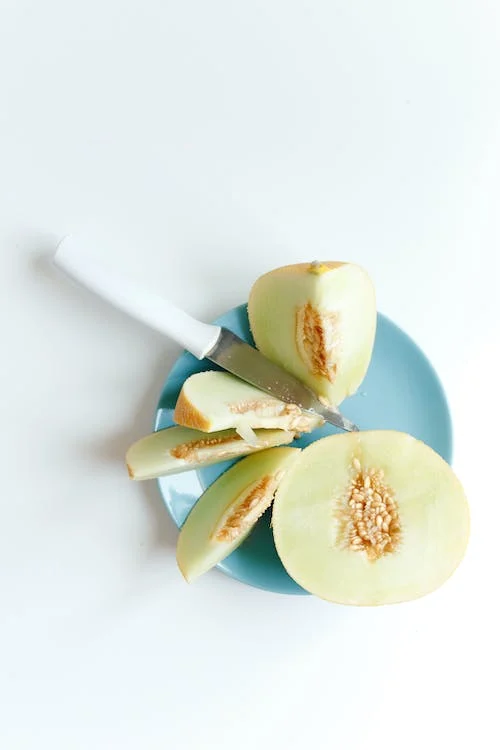
Can Dogs Have Cantaloupe Seeds or Rind?
While cantaloupe flesh is dog-safe, avoid feeding dogs the rind, skin or seeds, which are choking hazards and tough to digest. The leaves and stems of the melon vine also contain toxins.
The flesh is safest fed in small, bite-sized pieces without skin or seeds. If your dog swallows melon seeds whole, they may pass intact through stool or cause blockages needing veterinary care. Monitor all bowel movements closely after feeding cantaloupe.
How to Prepare Cantaloupe for Dogs
When preparing cantaloupe for sharing with dogs:
- Wash thoroughly under running water before cutting to remove bacteria from the rind’s netted surface.
- Cut off rind and scrape out seeds and fibrous material from the middle cavity before slicing flesh.
- Cut melon into small, manageable bite-sized pieces to prevent choking.
- Bite-size makes it easier to monitor consumption and stool too.
- Store chopped melon tightly sealed in refrigerator if not serving immediately. The high water content causes rapid spoilage once cut open.
For easy serving, puree small pieces in the blender before mixing into their kibble. But cantaloupe should always remain an infrequent treat, not a dietary staple.
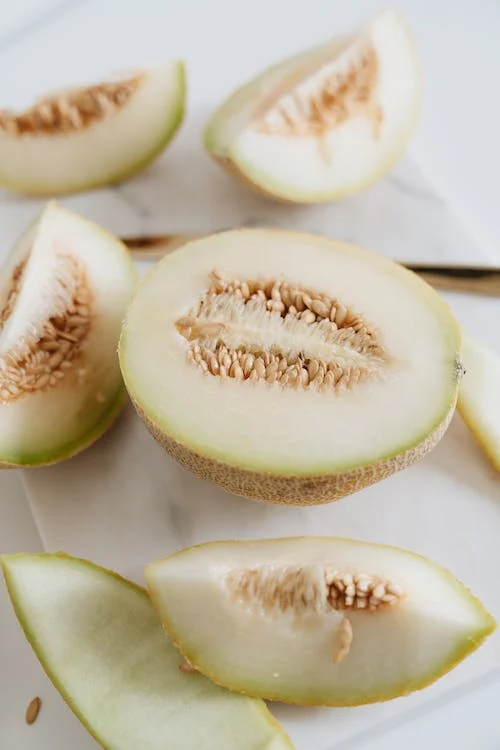
How Much Cantaloupe Can Dogs Eat?
When first introducing cantaloupe, start with just a few tiny pieces at a time. Observe your dog’s digestion for any vomiting, diarrhea, or other reactions.
If they tolerate initial tastes well, gradually work up to no more than 1-2 tablespoons of chopped fruit per 10 pounds of body weight as the maximum amount to feed.
Small dogs should get only tiny portions – a few licks of melon or bites will suffice to prevent tummy issues. Reserved leftover human melon works well for introducing taste and monitoring reactions before giving pups their own slices.
What Are Benefits of Feeding Dogs Cantaloupe?
Beyond basic nutrition and hydration, top reasons cantaloupe appeals to dogs include:
Taste – Dogs love foods with sweet, fruity flavour, so melons make sense as a tasty treat. The smooth texture and crunch from tiny seeds delights texture-driven pups too. Satisfy food-motivated dogs through healthy rewards.
Variety – Cantaloupe melon gives diversity from the usual fruits and proteins. Rotating different fresh foods prevents nutritional deficiencies while keeping meals interesting with new flavors, scents and textures.
Weight loss/management – The low calories, fiber and high water content fills up dogs so they eat less. This makes cantaloupe a smart snack substitute for overweight pups. Always count melon servings into daily calorie totals though.
Cantaloupe won’t meet all nutritional requirements alone, but incorporating it occasionally enhances a balanced dog diet.
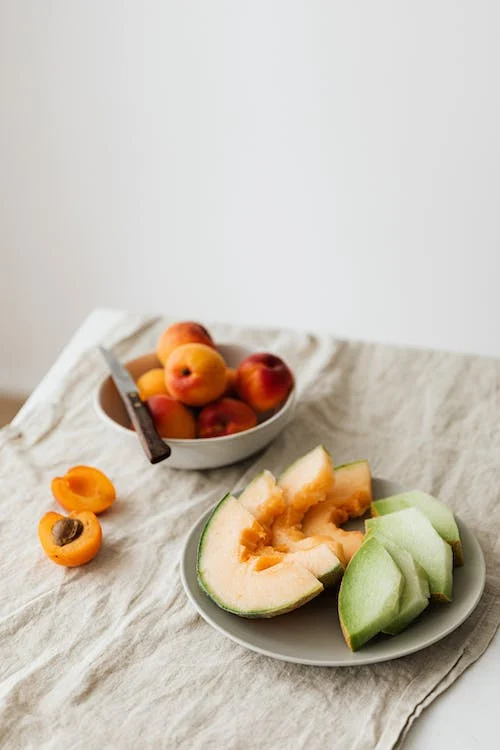
Dogs and Cantaloupe Allergy Risks
Human foods often cause unpleasant reactions in dogs, so cantaloupe requires the same slow introduction and monitoring as any new ingredient. Allergies or intolerance may trigger:
- Rashes, itching, or skin irritation
- Red, itchy eyes or ear infections
- Vomiting/diarrhea from digestive upset
- Swelling around the muzzle, hives, wheezing or other signs of anaphylaxis
Stop feeding cantaloupe immediately if any negative symptoms show up and notify your vet. Providing info helps them test for allergies or rule out other conditions.
Though rare, any dog can develop new food allergies over time. Watch closely for reactions anytime you introduce fruits dogs don’t typically eat in commercial dog food blends. What they happily and safely ate as puppies may bother them later in life.
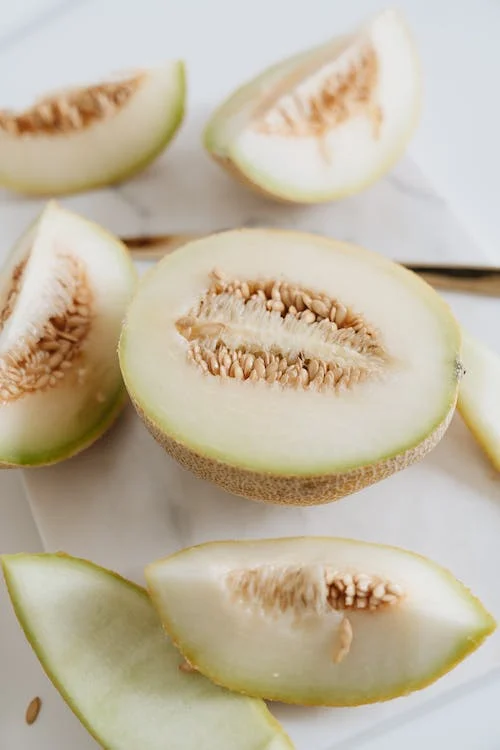
Questions and Answers About Dogs Eating Cantaloupe
Q: Can dogs eat cantaloupe with diabetes or kidney disease?
A: Yes! Consult your veterinarian but cantaloupe provides nutrients and hydration without spiking blood sugar. The water content aids kidney function too. Just introduce slowly.
Q: What are signs of cantaloupe allergies in dogs?
A: Rashes, itching skin, ear issues, weeping eyes, digestive upset, vomiting, diarrhea, and anaphylaxis symptoms like wheezing, swelling or hives all signal melon-related allergies. Stop feeding immediately if reactions show up.
Q: Is cantaloupe safe for puppies?
A: Only feed small tastes once fully weaned from mom and eating solid foods well. Don’t introduce to pregnant/nursing moms. Mash bits to a mushy texture appropriate for tooth stage first.
Q: Are cantaloupe rinds safe for dogs at all?
A: No. The outer skin/rind contains tough fibers and small amounts of toxins dogs shouldn’t ingest. Scoop all fruit from rind before feeding or mixing into food.
In small doses, cantaloupe can serve as a tasty vitamin-rich snack that’s safe for most dogs. Introduce slowly and avoid all rinds, skins, and seeds. Consult your veterinarian about any reactions. Soon both you and dog can enjoy this sweet summer treat!
